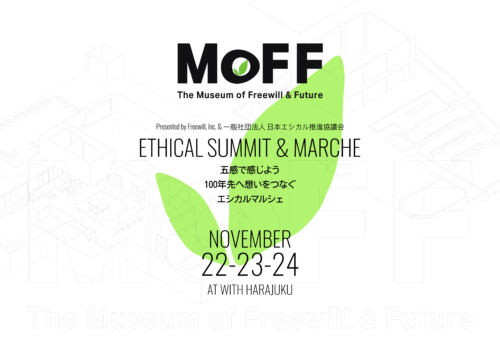As part of the 80th Anniversary of the Establishment of Vatican-Japan Diplomatic Relations, organized by the Embassy of Japan in the Vatican, our company president Hiroki Kiyokawa, as representative of the Embassy of Japan in the Vatican, introduced and gave demonstrations of kintsugi in three cities in Italy from November 21 (Mon.) to November 25 (Fri.), 2022.
The event met with tremendous success, with standing room reception only on the first day.
Over 100 Vatican dignitaries and experts attended the event to observe and learn about kintsugi.

On November 21, Kiyokawa gave a kintsugi demonstration at the Benedict XVI Hall in Vatican.
Although the event was restricted to a limited number of people, including the director of the Vatican Museum, ambassadors, and other dignitaries, as well as specialists from the restoration departments of other museums, more than 100 people attended.

The demonstration included a video showing the basic kintsugi process.
Kiyokawa mentioned similarities between techniques used in the West and the East, saying that the Vatican Museum he visited during the day also used red as a base color for gold.
Kiyokawa’s work is placed in the permanent collection of the Vatican Museum.

The technique of decorating ceramics with lacquer instead of wood was popular during the Meiji period (1868-1912), replacing wooden lacquerware, which would break down due to changes in humidity when exported.
However, with the advent of plastic and other products in recent years, ceramic lacquerware is almost no longer produced today.
In commemoration of his visit to the Vatican, Kiyokawa created a horse-shaped lacquer incense burner with the aim of reviving and passing on the technique. He donated it to the Vatican along with its story. Vatican Museum Director Yatta was very pleased with the composition and decided to treat it as part of the official collection of the Vatican Museum.
The second day was filled with performances, a radiorecording, and a luncheon at the ambassador’s residence in Rome.

On November 22, we gave a kintsugi demonstration in
the hall of the Japanese Cultural Institute in Rome. The 150 seats prepared for the event were quickly filled.
Since reservations were not required and seats were allocated on a first-come, first-served basis, the hall was inundated with inquiries from the public asking how long in advance they needed to come to secure a seat.
On the day of the event, despite the rain, many people lined up and waited for the doors to open.

Before the demonstration, a recording of an Italian radio program in Switzerland was made. The Vatican guard is staffed by Swiss mercenaries, and has been since 1506, evidence of the close relationship between Italy and Switzerland.

During the day, we were invited to a luncheon at the official residence of Ambassador Seiji Okada, the Ambassador Extraordinary and Plenipotentiary to the Vatican.
Ambassador Okada himself is involved in unique initiatives, such as holding art events in depopulated villages and organizing miso making workshops, and shares feelings with Kiyokawa regarding the crisis in cultural preservation.
Gave kintsugi demonstrations over two days at the Museo d’Arte Orientale in Venice.

Kiyokawa performed kintsugi demonstrations at the National Museum of Oriental Art in Venice on November 24 and 25. A total of about 90 people observed the demonstrations over the two days at the museum. All 40 seats prepared for each session were filled.

Following the Vatican and Rome performances, the interest in kintsugi in Venice was very high. On the 24th, the first session, 20 local high school students studying art history attended and listened to Kiyokawa’s talk very attentively.


Visit to the Institute of Restoration at the request of the Vatican Museum.

On December 1, our group returned to Rome.
A visit to the Restoration Institute of the Vatican Museum was realized in response to their request.
We were allowed to enter four restricted areas of the Institute: Ceramics, Oriental Art, Paper, and Mosaics. Unfortunately, we were not allowed to take pictures inside the Institute. However, the restorers on site seemed very pleased and inspired by Kiyokawa’ s advice, shared directly from his experience in various restoration projects.











